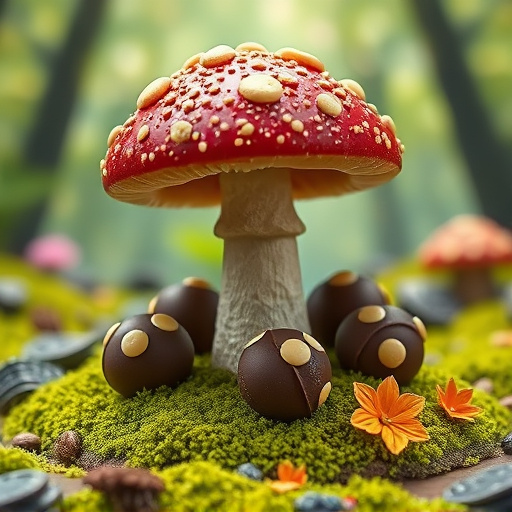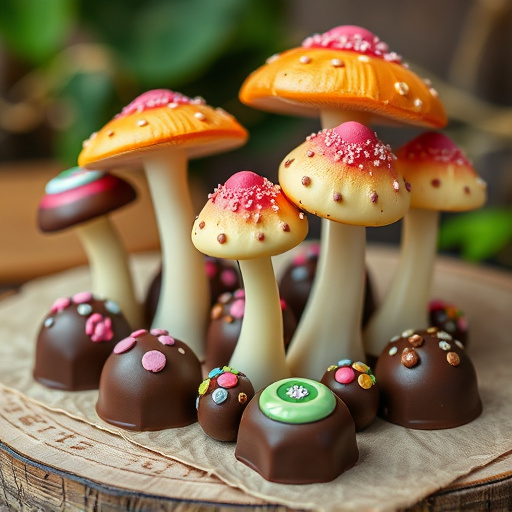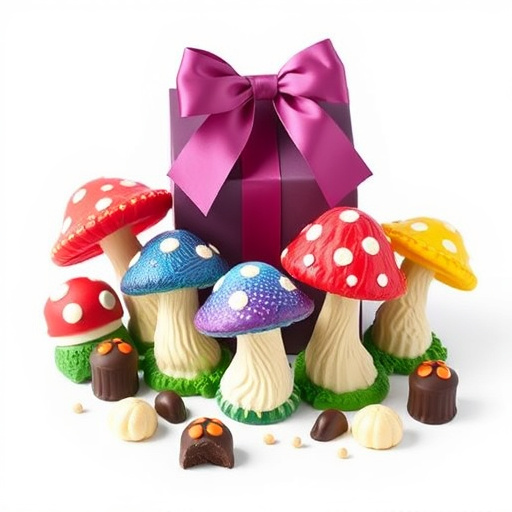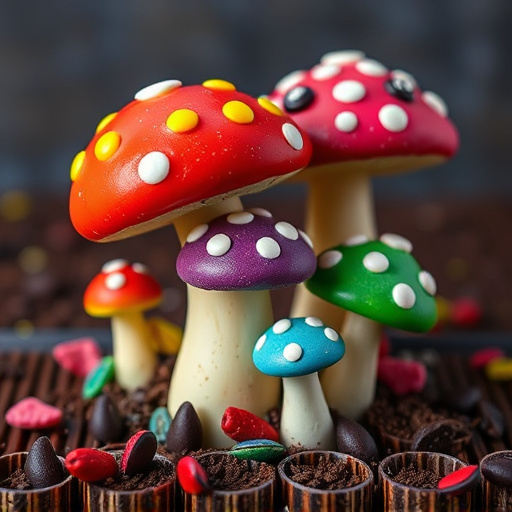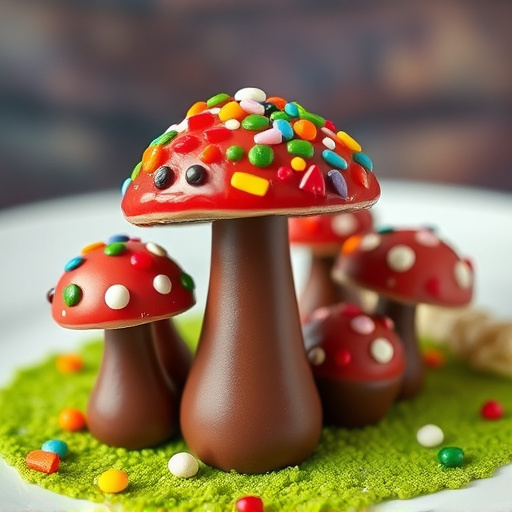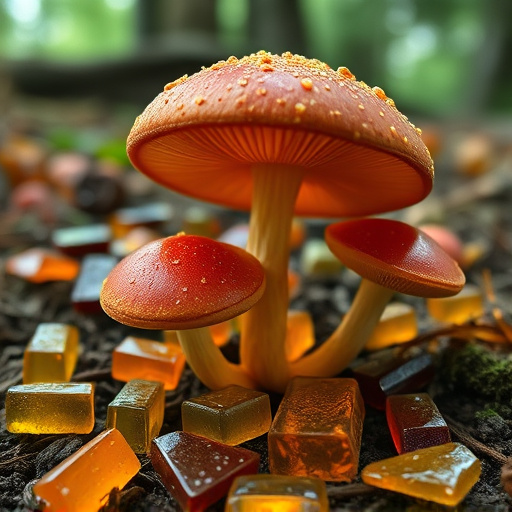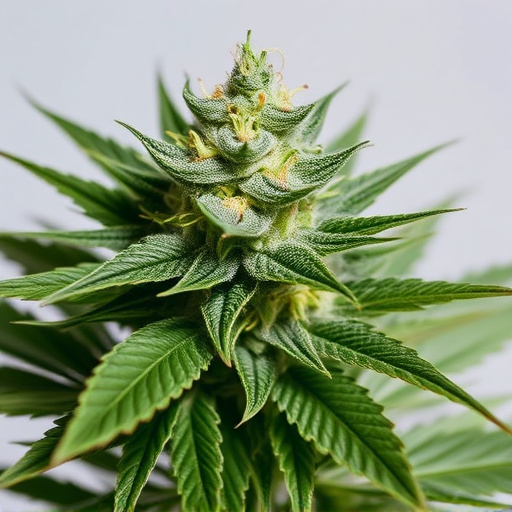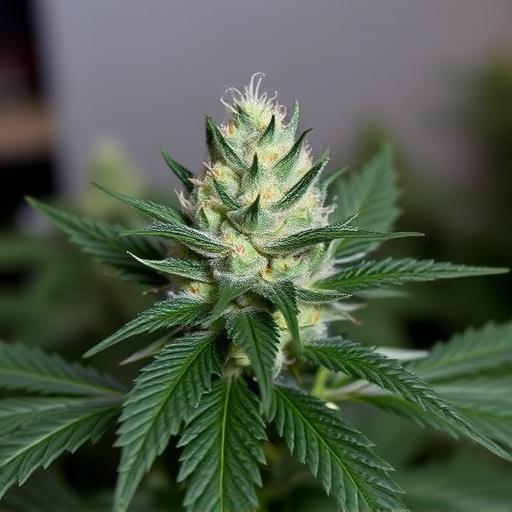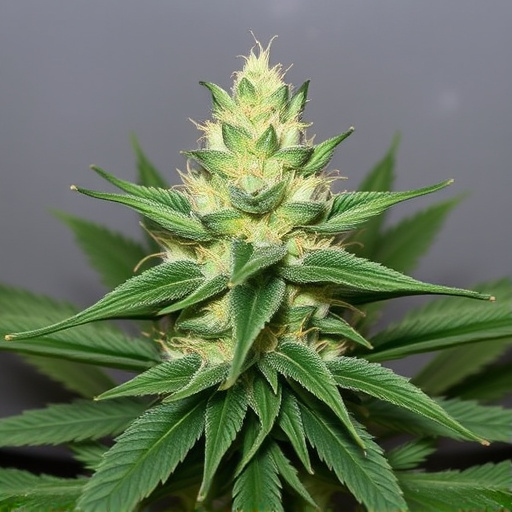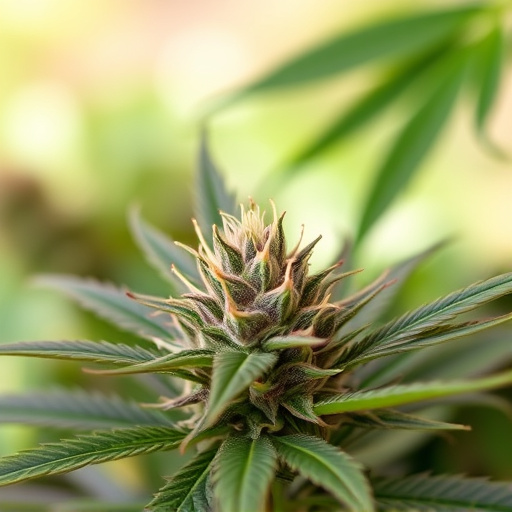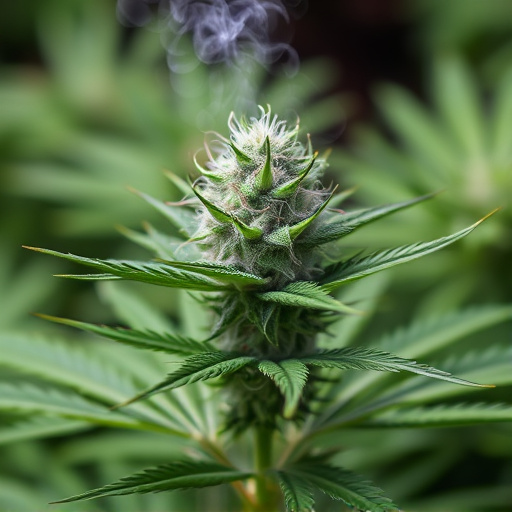Low odor cannabis strains, popular for their discreet profiles, contain higher CBD-to-THC ratios, reducing potent odors and psychoactive effects. Terpenes, aromatic compounds contributing to cannabis' unique smells and flavors, influence its therapeutic properties alongside cannabinoids like THC and CBD, which interact with the body's endocannabinoid system. Users seek these strains for specific effects, especially therapeutic benefits without mind-altering experiences, making them a preferred choice for chronic pain and anxiety relief.
The effects of cannabis flower are multifaceted, varying with its composition, strain characteristics, and consumption methods. Cannabis flowers are a complex blend of terpenes and cannabinoids, each with distinct functions influencing mental and physical experiences. This article delves into the intricate world of cannabis, focusing on low odor strains—a growing trend in the industry known for its subtle aromas yet potent effects. We explore how different consumption methods impact cannabis experiences, offering insights into both the therapeutic potential and safety considerations of various approaches, particularly highlighting the unique attributes of low odor cannabis strains.
- The Composition of Cannabis Flower and Its Active Compounds
- – Overview of terpenes and cannabinoids
- – Key active compounds in cannabis and their functions
The Composition of Cannabis Flower and Its Active Compounds
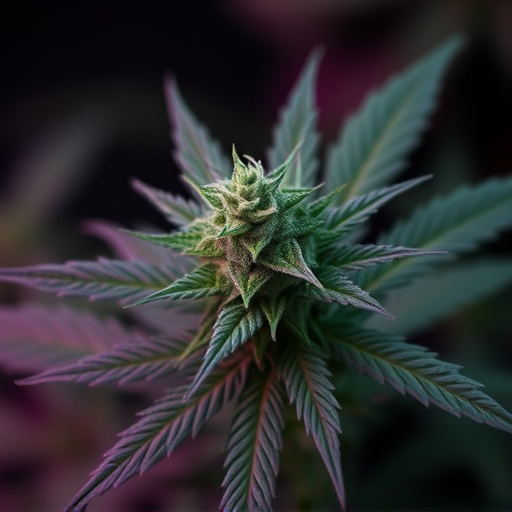
The composition of cannabis flower is a complex interplay of various chemical compounds, including cannabinoids and terpenes. Cannabinoids, such as tetrahydrocannabinol (THC) and cannabidiol (CBD), are responsible for most of the plant’s therapeutic and psychoactive effects. THC primarily induces feelings of euphoria and relaxation, while CBD offers anti-inflammatory and anxiolytic properties without the psychoactive high.
Low odor cannabis strains have gained popularity due to their discreet profiles and subtle aromas. These strains often feature higher concentrations of CBD relative to THC, which can reduce or mask the potent odors typically associated with cannabis. This makes them appealing for users seeking a more subtle, pleasant experience without drawing excessive attention. Terpenes, aromatic compounds that contribute to the distinct smells and flavors, also play a role in shaping the overall effects of cannabis flower.
– Overview of terpenes and cannabinoids
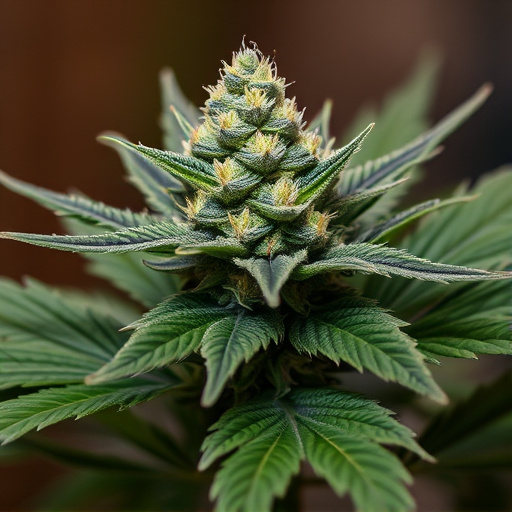
Cannabis flowers are a complex blend of terpenes and cannabinoids, each contributing unique effects on the user’s experience. Terpenes, aromatic compounds responsible for the plant’s distinct scents, also play a significant role in its therapeutic properties. From piney and citrusy notes to floral and spicy profiles, these volatile oils can enhance or alter the effects of cannabinoids like THC (tetrahydrocannabinol) and CBD (cannabidiol). For instance, myrcene, a common terpene found in many low odor cannabis strains, is known for its relaxing and sedative qualities, making it popular among those seeking relief from insomnia or anxiety.
Cannabinoids, on the other hand, are chemical compounds that interact with our body’s endocannabinoid system (ECS). THC is primarily responsible for the plant’s psychoactive effects, inducing feelings of euphoria and altered perception. In contrast, CBD doesn’t produce a high but offers potential therapeutic benefits, including pain relief, reduced inflammation, and calmness without drowsiness. Understanding this interplay between terpenes and cannabinoids helps users make informed choices, especially when seeking specific effects from low odor cannabis strains.
– Key active compounds in cannabis and their functions

Cannabis flower, also known for its various strains, contains a plethora of active compounds that contribute to its unique effects on the human body and mind. Among these, tetrahydrocannabinol (THC) and cannabidiol (CBD) are the most well-known. THC is responsible for the majority of cannabis’ psychoactive properties, inducing feelings of euphoria and altering sensory perception. It interacts with the endocannabinoid system by binding to CB1 receptors in the brain, affecting mood, memory, and coordination.
In contrast, CBD lacks significant psychoactive effects but has garnered attention for its potential therapeutic benefits. It does not bind directly to CB1 or CB2 receptors but instead influences the activity of other compounds in cannabis, amplifying their effects. Additionally, CBD is known for its anti-inflammatory and anxiolytic properties, making it a popular choice among those seeking relief from chronic pain and anxiety without the mind-altering experiences associated with THC, including low odor cannabis strains.
Cannabis flower’s effects are deeply tied to its complex composition, including terpenes and a range of cannabinoids. While high-odor varieties have been popular, the rise of low odor cannabis strains highlights the importance of individual preferences in choosing a suitable strain. Each compound plays a unique role in creating the plant’s therapeutic potential, offering diverse experiences from relaxing to invigorating. Understanding these components is crucial for navigating the effects and making informed choices to suit individual needs.

